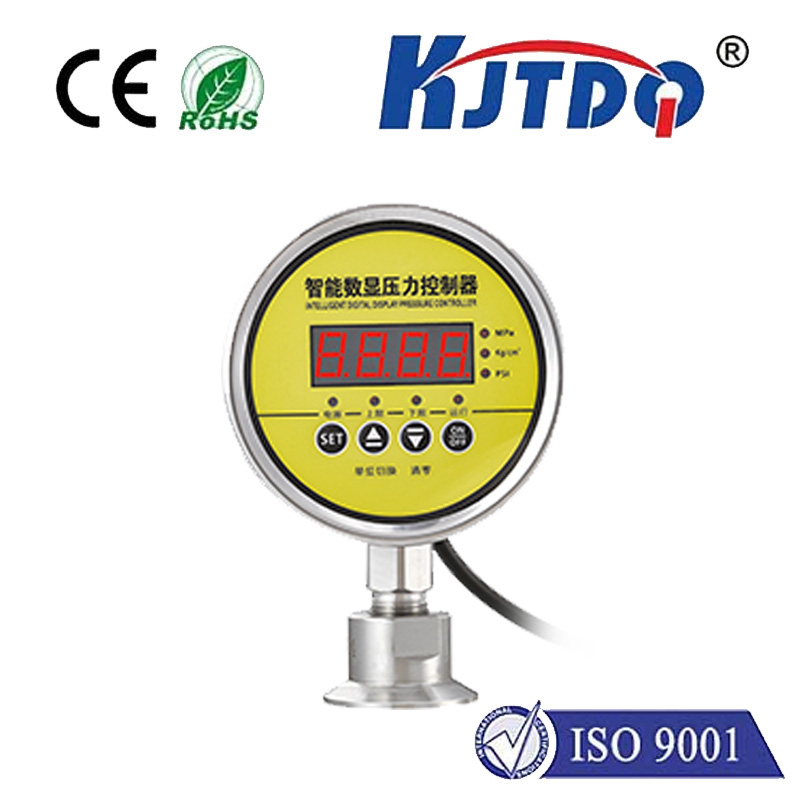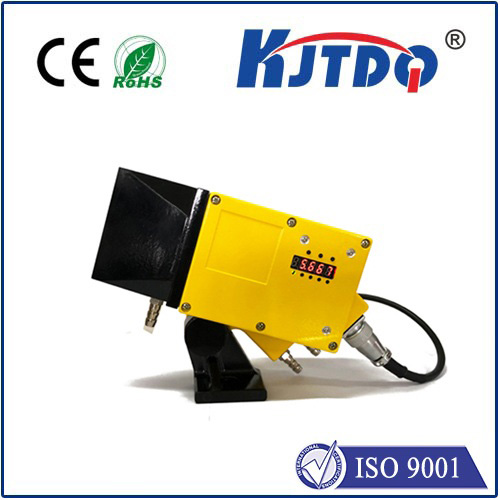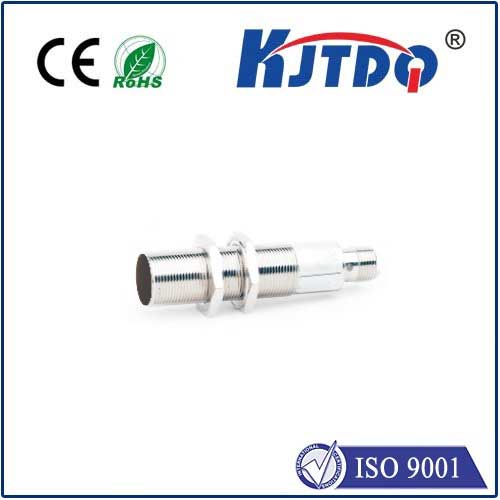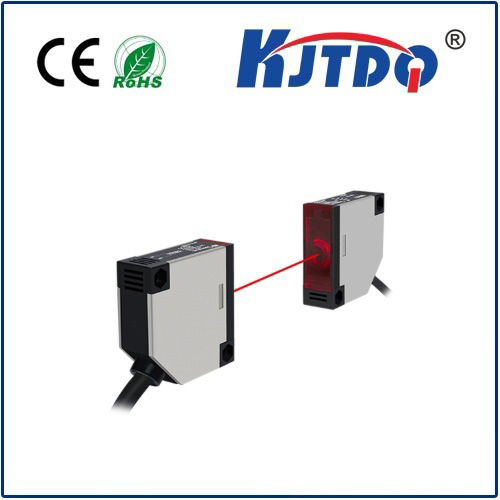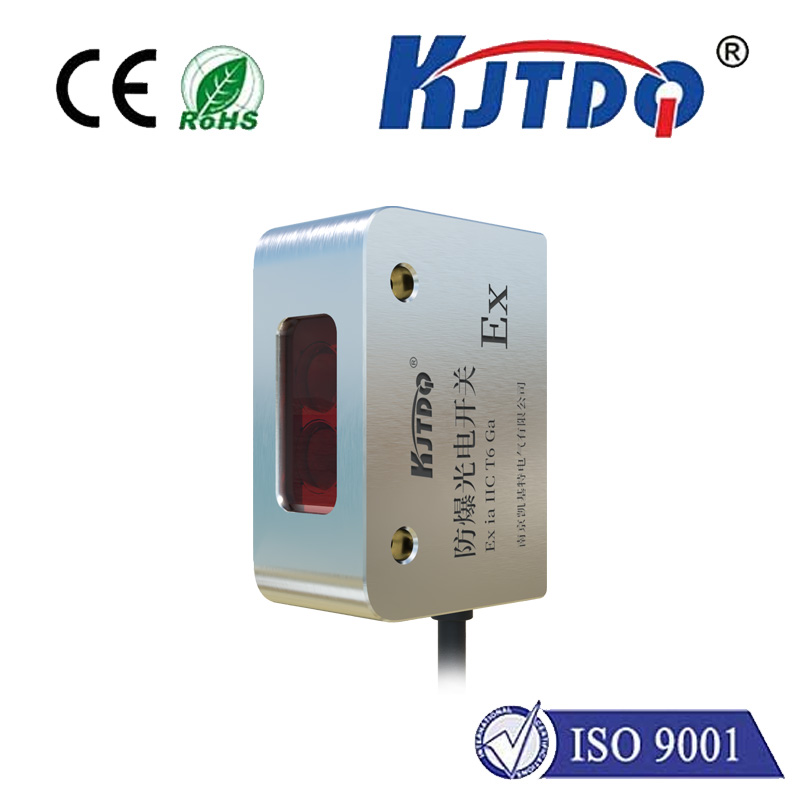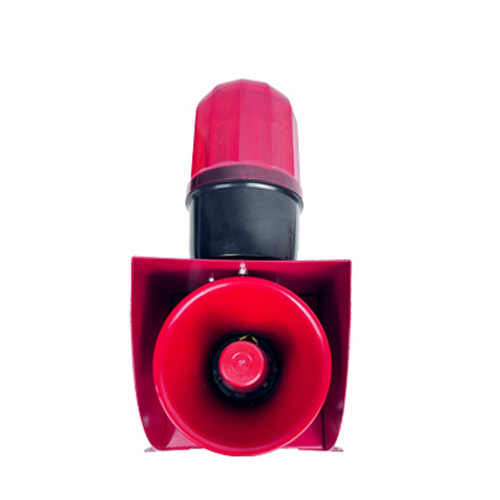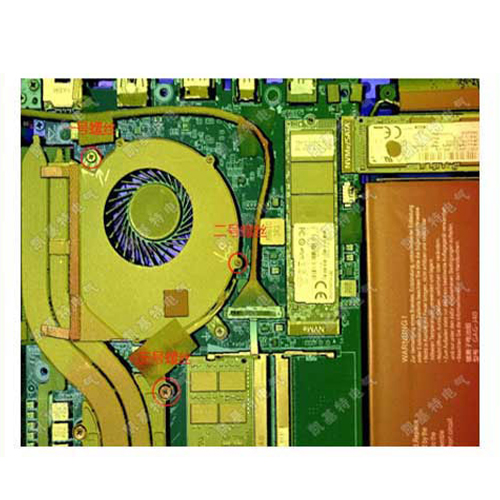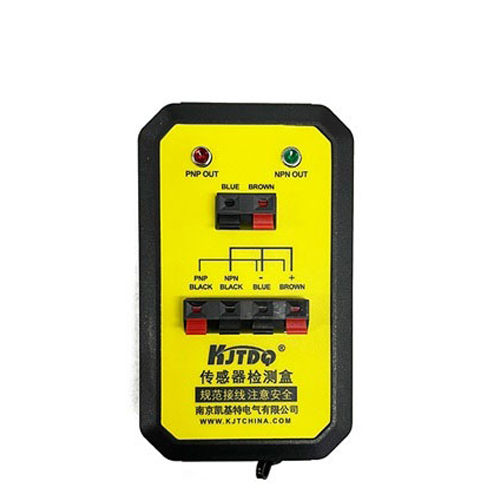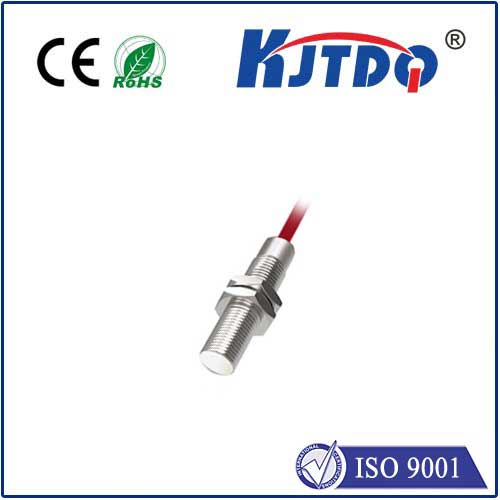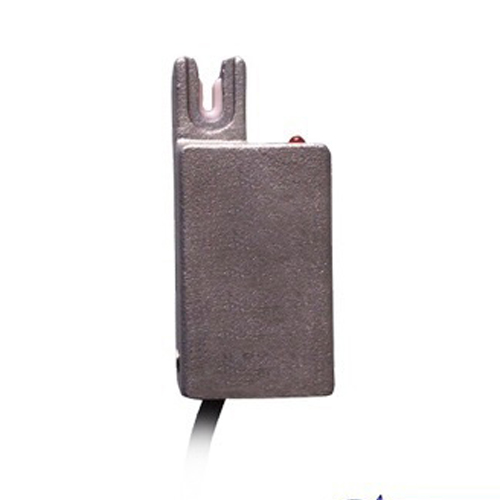fiber optic position sensor
- time:2025-08-13 16:52:32
- Click:0
Fiber Optic Position Sensors: Illuminating the Path to Ultra-Precise Measurement
Imagine needing to know the exact position of a component deep inside a whirring jet engine, within the intense magnetic field of an MRI scanner, or submerged in corrosive chemicals. Traditional sensors often falter in these demanding environments. This is where fiber optic position sensors step into the spotlight, harnessing the power of light traveling through hair-thin glass fibers to deliver unparalleled precision and reliability where other technologies simply cannot.
These sophisticated sensors represent a fusion of photonics and metrology. At their core, fiber optic position sensors measure the displacement or location of an object by detecting changes in the properties of light (intensity, phase, wavelength, polarization) propagating through an optical fiber. The object’s movement physically interacts with the fiber or an optical element attached to it, modulating the light signal. This modulation is then accurately decoded to reveal precise position information.
How Do They Transform Movement into Light Signals?
The fundamental principle relies on optical transduction. As the target object moves, it mechanically influences the optical fiber or a sensing element integrated with it. Several common physical effects are exploited:

- Intensity Modulation: The simplest approach. Movement might bend the fiber (microbending loss), physically obstruct the light path (shutter effect), or change the coupling efficiency between fibers. The resulting change in received light intensity correlates directly with position.
- Wavelength Modulation (FBG Sensors): A Fiber Bragg Grating (FBG) is a periodic refractive index variation written into the fiber core. It reflects a specific wavelength (the Bragg wavelength) while transmitting others. Applying strain or altering the temperature changes the grating period, shifting the reflected wavelength. By monitoring this shift, the sensor can determine the applied strain, which, when related to physical structure, translates into precise displacement measurement.
- Phase Modulation (Interferometry): Offers the highest resolution. Light is split into two paths: one acts as a reference, the other interacts with the moving target. When the beams recombine, their phase difference creates an interference pattern. Minute changes in the target position alter the optical path length of the sensing arm, causing detectable shifts in the interference fringes. Techniques like Fabry-Perot, Michelson, or Mach-Zehnder interferometers are commonly implemented in fiber optics.
- Time-of-Flight/Reflectometry: Measures the time delay for a light pulse to travel to a reflective target and back. The distance (position) is calculated using the speed of light. While common in free-space LiDAR, fiber implementations offer unique advantages for guided measurements.
Core Technologies Driving Precision
Several specialized fiber optic configurations are tailored for position sensing:
- Extrinsic Fabry-Perot Interferometric (EFPI) Sensors: A miniature cavity is formed between the end of an optical fiber and a reflective surface on the moving target. Changes in cavity length due to displacement alter the interference pattern of light reflected within the cavity, providing highly sensitive displacement measurement.
- Intensity-Based Microbend Sensors: The fiber is passed between a set of corrugated plates. Lateral displacement increases bending, causing measurable light loss proportional to the movement.
- FBG Arrays: Multiple FBGs written at different points along a single fiber act as discrete sensing points, enabling distributed position sensing or shape sensing over a length.
- Fiber-Optic Linear and Rotary Encoders: Provide absolute or incremental position feedback for motors and machinery, using coded patterns and optical readheads connected via fibers, ideal for EMI-heavy environments.
Why Choose Fiber Optics for Position Sensing? The Compelling Advantages
The surge in adoption of fiber optic sensors for position measurement is driven by distinct, often critical, benefits:
- Immunity to Electromagnetic Interference (EMI): As passive dielectric waveguides, optical fibers are completely unaffected by strong electric or magnetic fields. This makes them indispensable in power generation, medical imaging (MRI), aerospace, and industrial settings rife with EMI.
- Intrinsic Safety: They generate no sparks and carry very little power, enabling safe operation in explosive or flammable atmospheres (oil & gas, mining, chemical plants).
- High Precision and Resolution: Interferometric and FBG-based sensors achieve sub-micron and even nanometer level resolution, crucial for high-precision manufacturing, nanotechnology, and scientific research.
- Compact Size and Flexibility: The small diameter and flexibility of optical fibers allow for installation in confined spaces and integration into complex structures for embedded sensing.
- Long-Distance Operation: Light signals experience minimal loss over kilometers of fiber, enabling remote sensing far from the interrogation unit.
- Corrosion and Harsh Environment Resistance: Glass fibers are inherently resistant to most chemicals and can operate in extreme temperatures (with appropriate coatings/jackets), high pressure, or high radiation environments where conventional sensors degrade.
- Multiplexing Capability: Multiple sensors (especially FBGs) can be placed along a single fiber line, reducing cabling complexity and cost for monitoring multiple points or distributed parameters.
Where Light Guides Precision: Key Applications
The unique strengths of fiber optic position sensors make them ideal for demanding scenarios:
- Aerospace & Defense: Monitoring structural deformation, control surface positions, landing gear status, and engine component movements under extreme conditions of vibration, temperature, and EMI.
- Energy Sector: Precise valve positioning in nuclear reactors (radiation hard), turbine blade tip clearance monitoring in power plants, pipeline monitoring, and subsea equipment control in oil & gas (high pressure, corrosive).
- Medical Technology: Robotically assisted surgery (EMI-free, precise tool positioning), MRI-compatible patient positioning systems, and minimally invasive surgical device tracking.
- Industrial Automation & Manufacturing: High-precision machine tool positioning and feedback (EMI immunity), semiconductor fabrication equipment alignment, vibration analysis on rotating machinery, and position control in harsh foundries.
- Civil Engineering & Geotechnics: Structural health monitoring of bridges, dams, and buildings (measuring settlement, crack opening, displacement), and landslide monitoring.
- Scientific Research: Particle accelerator alignment, precision optics positioning in telescopes and lasers, and micro/nano-positioning stages.
Illuminating the Future of Measurement
Fiber optic position sensors have moved beyond a niche technology to become a cornerstone solution for high-precision, robust, and reliable displacement measurement in environments hostile to conventional electronics. Their ability to harness light within a slim fiber unlocks possibilities for position sensing deep within structures, amidst intense fields, and under punishing conditions. As photonics technology advances – with smarter interrogation units, novel fiber designs, and sophisticated signal processing algorithms – the sensitivity, multiplexing capability, and cost-effectiveness of these sensors will only improve. For engineers seeking the ultimate in precision, safety, and environmental resilience, the path forward is clearly illuminated by light traveling through fiber.












